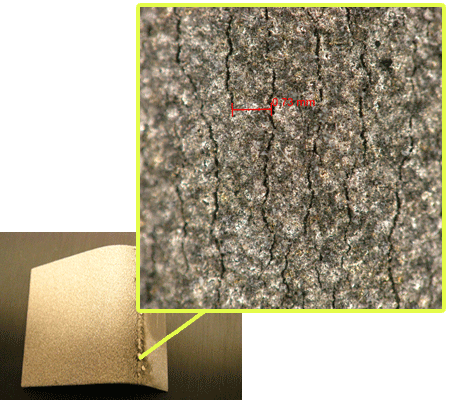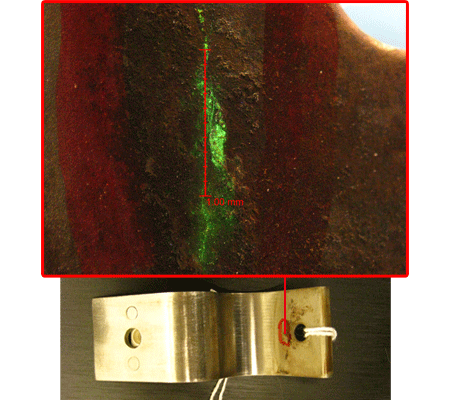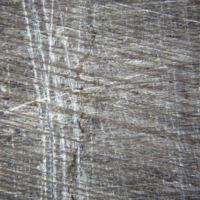
The Coating of Aircraft Turbine Engines
The aircrafts’ turbine engines work under the extreme condition with high pressure, thin air and extremely cold temperature in high attitude. The requirements of manufacturing aircraft turbine engines are much higher than other engines for the safety and maintenance reasons. For example, the alloy materials for the coating and the surface treatment of the turbine engines determine the performance, durability, and the cost of the maintenance of the engines in the future.
One of the most common techniques to examine the quality of the coating is the visual inspection. The visual inspection can determine how the coating is applied and covered on the engines. However, some specific details and defects are not easy to be recognized by naked eyes and it is bulky and not efficient to examine the coating subjects underneath the microscopes sometimes. Moreover, the shape of some subjects or workpieces is not easy to fit between the objective lensand the stage of the microscope, either.


